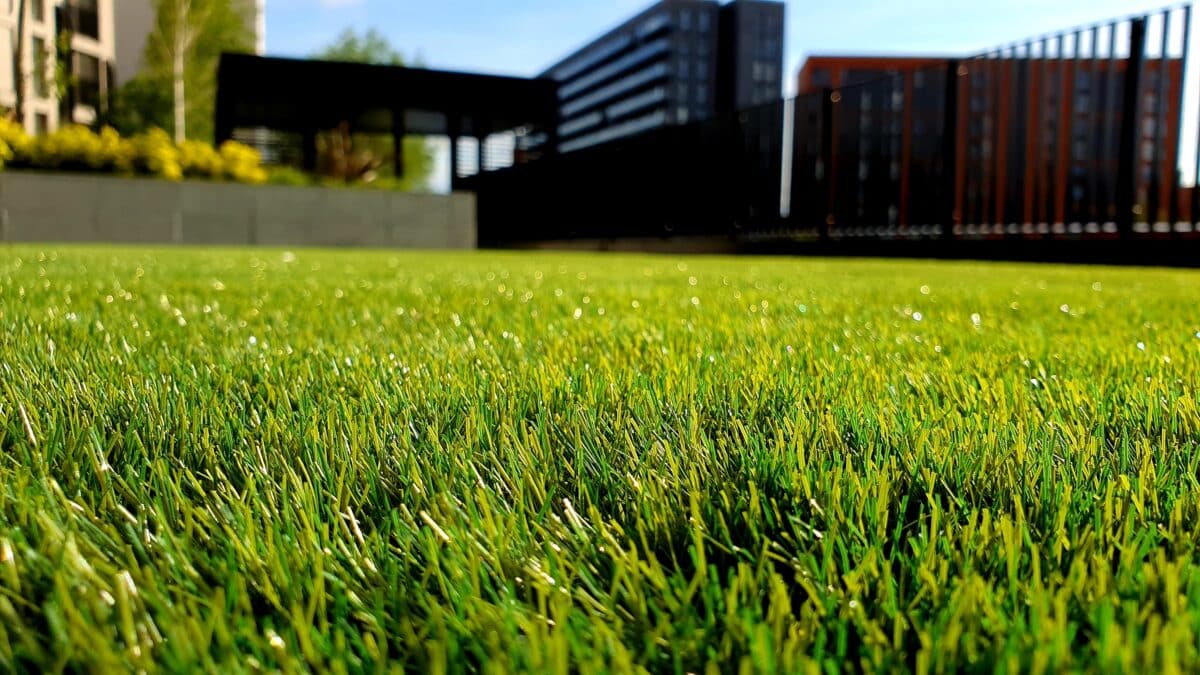Lawn Aeration in the Indianapolis – Carmel Indiana area
Introduction to Lawn Aeration
Lawn aeration is a crucial aspect of maintaining a healthy and vibrant lawn. It involves the process of creating small holes in the soil to allow air, water, and nutrients to penetrate the grassroots. This promotes better root growth, reduces soil compaction, and improves overall lawn health. Whether you are a seasoned gardener or a novice enthusiast, understanding the importance of lawn aeration is essential for achieving a lush and thriving lawn.
Benefits of Lawn Aeration
There are numerous benefits associated with regular lawn aeration. Firstly, it helps to alleviate soil compaction, which occurs when the soil becomes too dense and prevents proper air and water circulation. By creating small holes in the soil, aeration allows the roots to access the much-needed oxygen, water, and nutrients. This results in stronger and healthier roots, which in turn leads to a more resilient and vibrant lawn.
Another significant benefit of lawn aeration is that it helps to improve the effectiveness of fertilizers and other lawn treatments. When the soil is compacted, these treatments cannot penetrate deep into the root zone, limiting their overall effectiveness. By aerating the lawn, these treatments can reach the roots more efficiently, ensuring that your lawn receives the full benefits of the applied products.
When to Aerate Your Lawn
Timing is crucial when it comes to lawn aeration. It is recommended to aerate cool-season grasses, such as Kentucky bluegrass and tall fescue, during the early spring or fall when the grass is actively growing. For warm-season grasses like Bermuda grass and Zoysia grass, it is best to aerate in late spring or early summer when they are in their peak growing season.
Additionally, it is important to consider the soil moisture content before aerating. The soil should be moderately moist but not overly wet. Aerate after a light rain or watering session when the soil is soft enough for the aerator to penetrate without causing excessive damage to the turf.
How to Aerate Your Lawn
Aerating your lawn can be done using various techniques, including core aeration and spike aeration. Core aeration is the preferred method as it involves removing small plugs of soil from the lawn, allowing for better airflow and nutrient absorption. Spike aeration, on the other hand, uses solid tines to create holes in the soil without removing any soil plugs.
To aerate your lawn, you can rent a walk-behind aerator or hire a professional lawn care service. Start by clearing the lawn of any debris and ensuring that the soil is adequately moist. Then, systematically go over the entire lawn, making overlapping passes to ensure complete coverage. Once the aeration process is complete, consider top-dressing the lawn with compost or sand to further improve soil structure and provide additional nutrients.
Conclusion
Lawn aeration is a simple yet essential practice for maintaining a healthy and thriving lawn. By allowing air, water, and nutrients to reach the grassroots, aeration promotes stronger root growth, reduces soil compaction, and enhances the overall health and appearance of your lawn. Remember to schedule regular aeration sessions based on your grass type and specific needs, and your lawn will reward you with lush, green, and beautiful results.
Now it’s your turn to continue the article!

